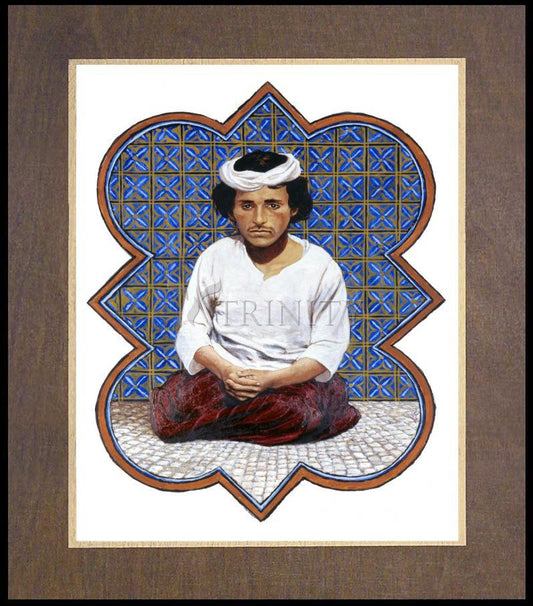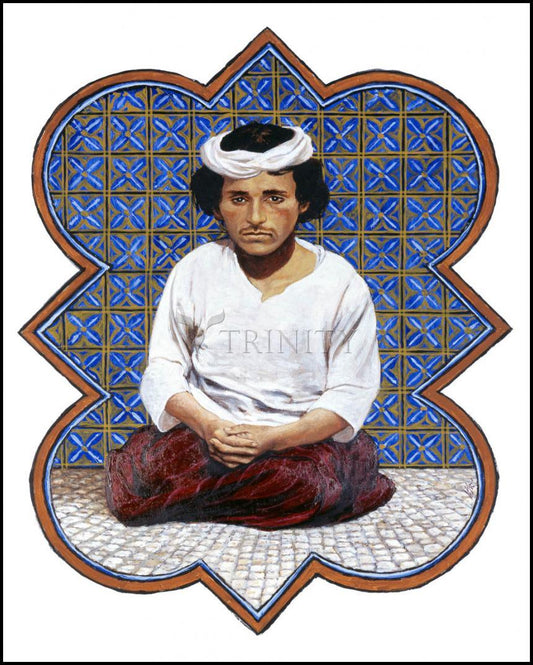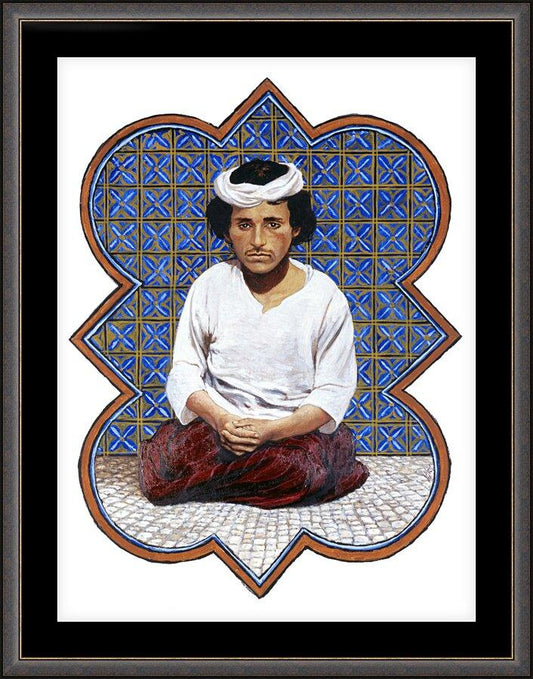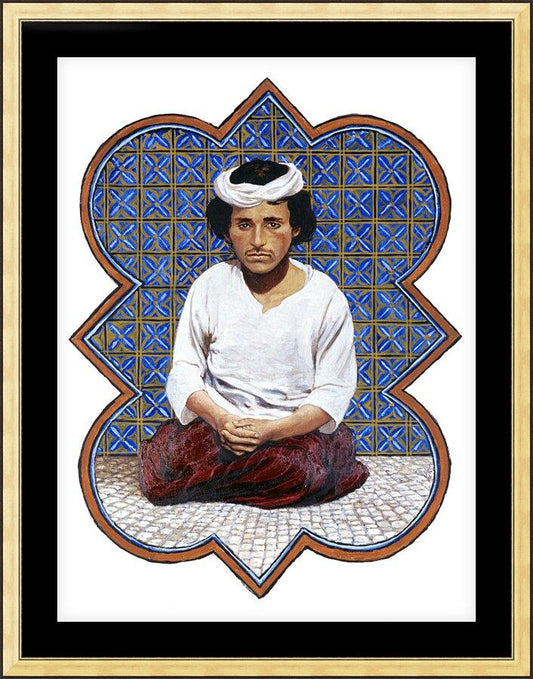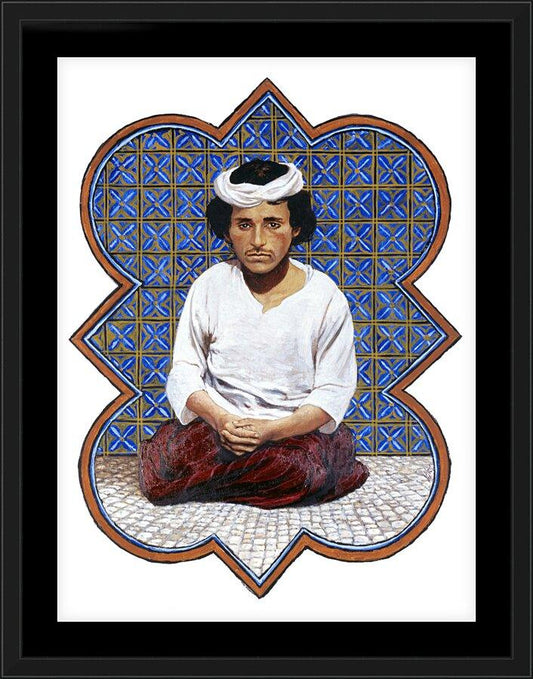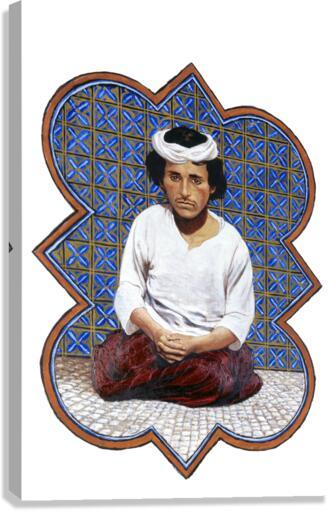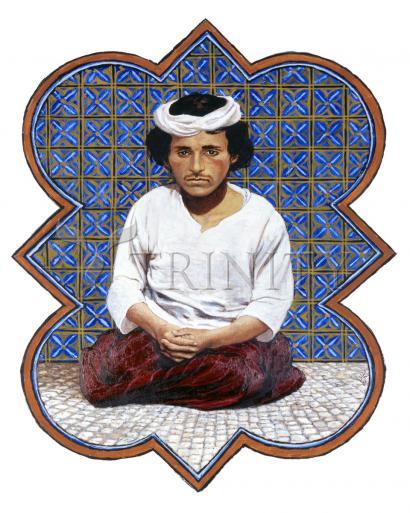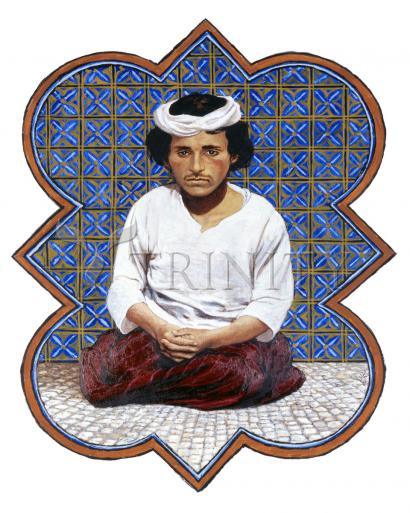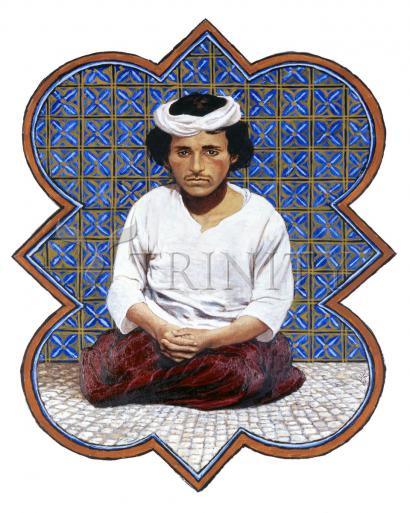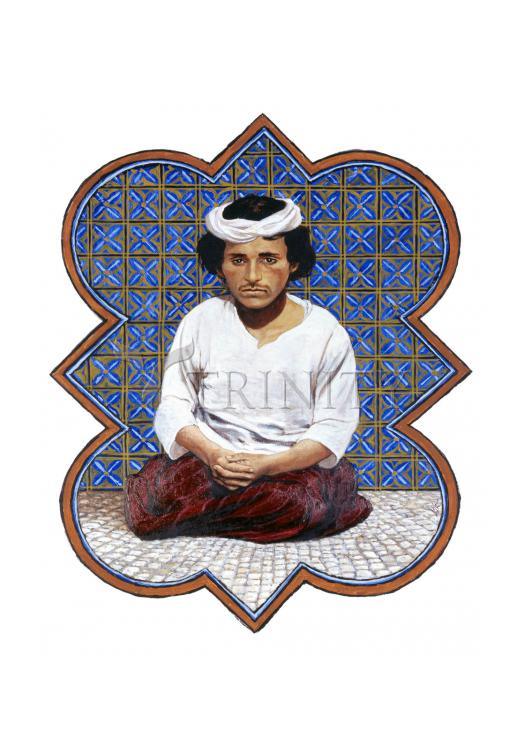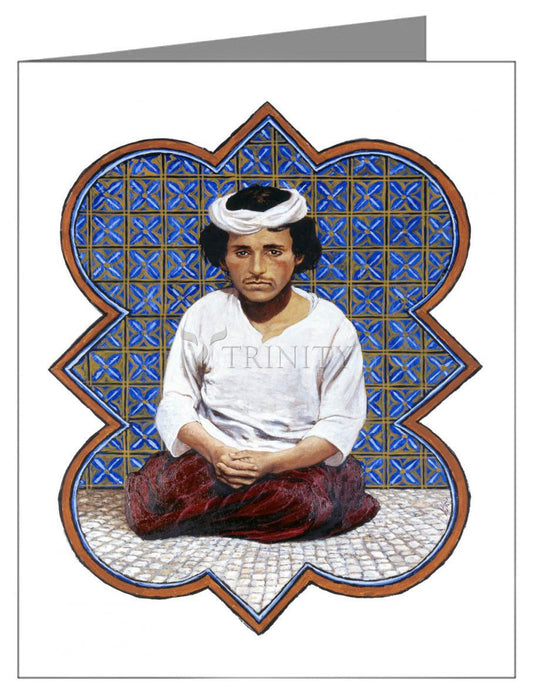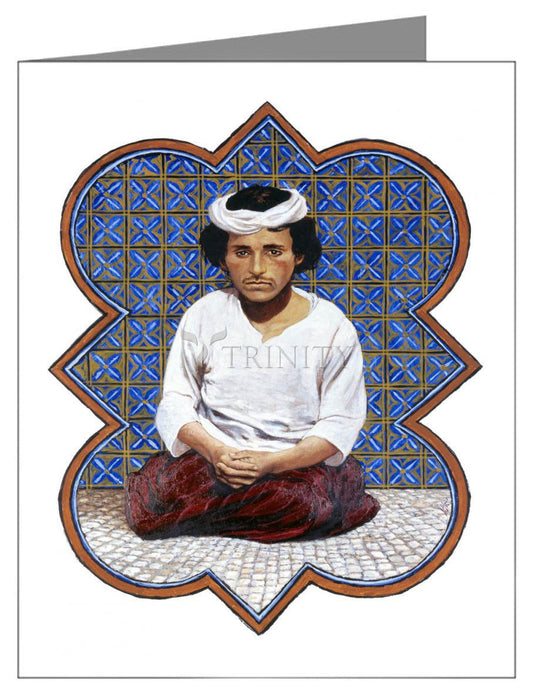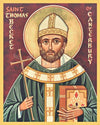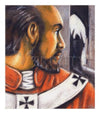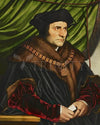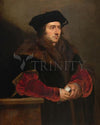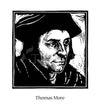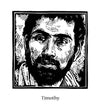Collection: St. Timothy
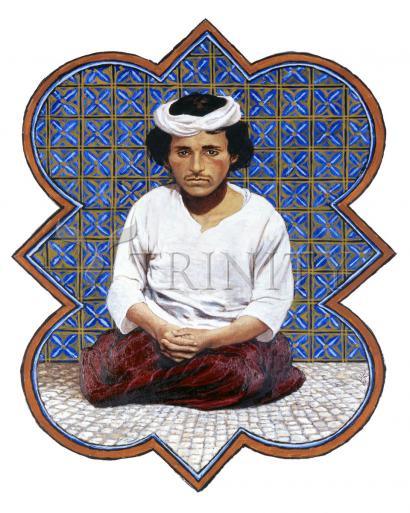
-
Sale
Wood Plaque Premium
Regular price From $99.95 USDRegular priceUnit price per$111.06 USDSale price From $99.95 USDSale -
Sale
Wood Plaque
Regular price From $34.95 USDRegular priceUnit price per$38.83 USDSale price From $34.95 USDSale -
Sale
Wall Frame Espresso
Regular price From $109.95 USDRegular priceUnit price per$122.17 USDSale price From $109.95 USDSale -
Sale
Wall Frame Gold
Regular price From $109.95 USDRegular priceUnit price per$122.17 USDSale price From $109.95 USDSale -
Sale
Wall Frame Black
Regular price From $109.95 USDRegular priceUnit price per$122.17 USDSale price From $109.95 USDSale -
Sale
Canvas Print
Regular price From $84.95 USDRegular priceUnit price per$94.39 USDSale price From $84.95 USDSale -
Sale
Metal Print
Regular price From $94.95 USDRegular priceUnit price per$105.50 USDSale price From $94.95 USDSale -
Sale
Acrylic Print
Regular price From $94.95 USDRegular priceUnit price per$105.50 USDSale price From $94.95 USDSale -
Sale
Giclée Print
Regular price From $19.95 USDRegular priceUnit price per$22.17 USDSale price From $19.95 USDSale -
Custom Text Note Card
Regular price From $300.00 USDRegular priceUnit price per$333.33 USDSale price From $300.00 USDSale
ARTIST: Louis Glanzman
ARTWORK NARRATIVE:
Timothy was born in Lystra, in what is now eastern Turkey. His mother and Grandmother were early converts to Christianity. He accompanied St. Paul on his travels throughout Asia Minor and Greece, eventually going as far as Rome. Paul sent Timothy back to Ephesus as the city’s first bishop.
Timothy was a particularly zealous man. At one point Paul had to advise him to improve his diet because his austerities were damaging his health. In the year 97 he was clubbed to death when he tried to interfere in a non-Christian religious festival. He is most famous for the many references Paul makes to him in his letters.
His feast day is January 26.
- Art Collection:
-
Men & Women of the Bible,
-
Saints & Angels
- Patronage:
-
Stomach Diseases,
-
Intestinal Disorders
- Glanzman collection:
-
Men of the Bible
St. Timothy was born in Lystra, Lycaenia, the son of a Greek father and Eunice, a converted Jewish mother. Eunice, her mother Lois, and Timothy embraced Christianity during Paul's first visit (2 Timothy 1:5) to Lycaenia. When St. Paul preached at Lystra seven years later, Timothy replaced Barnabas (Acts 16:1-4). The two became close friends, and St. Paul would write of him affectionately as "the beloved son in faith."
Since Timothy was the son of a Jewish woman, St. Paul permitted him to be circumcised to satisfy the Jews (Acts 16:3). He accompanied St. Paul on his second missionary trip. When the opposition of the Jews compelled St. Paul to leave Beroea, Timothy remained behind to baptize, organize, and confirm the new converts in the faith (Acts 17:10-14). He was then sent to Thessalonica to investigate the status of the Christians there and to shore up their faith in the face of persecution. His report was the basis for St. Paul's first letter to the Thessalonians (generally thought to be the earliest New Testament writing).
In 58, Timothy and Erastus went to Corinth to reinforce Paul's teachings. Then they accompanied St. Paul into Macedonia and Achaia. It is probable that Timothy was with Paul when he was imprisoned in Caesarea, and again in Rome, where he himself was imprisoned for a time, then freed.
Tradition, recorded by Eusebius, has it that Timothy went to Ephesus, became its first bishop (some say consecrated by Paul), and was there stoned and clubbed to death after denouncing the pagan festival of Katagogia, a celebration that honored Dionysius (not Diana, as often stated).
St. Paul directed two letters to Timothy: one from Macedonia about 65, and one while Paul was incarcerated in Rome, awaiting his own death. They directed Timothy to correct innovators and teachers of false doctrine and to appoint bishops and deacons. Timothy manifested such virtue and dedication that he merited great praise from Paul, such as that in 1 Corinthians 16:10.
Timothy's relics were allegedly transferred to Constantinople in 356; cures at that shrine are mentioned by St. Jerome and St. John Chrysostum.
In art, St. Timothy is often a bishop with a club and stone. Sometimes he is shown receiving the epistle from St. Paul or being stoned to death.
He is invoked against weakness of the stomach because of Paul's words addressed to him in 1 Timothy 5:23: "have a little wine for the sake of your stomach and your frequent illnesses."
Died: Stoned to death in 97

